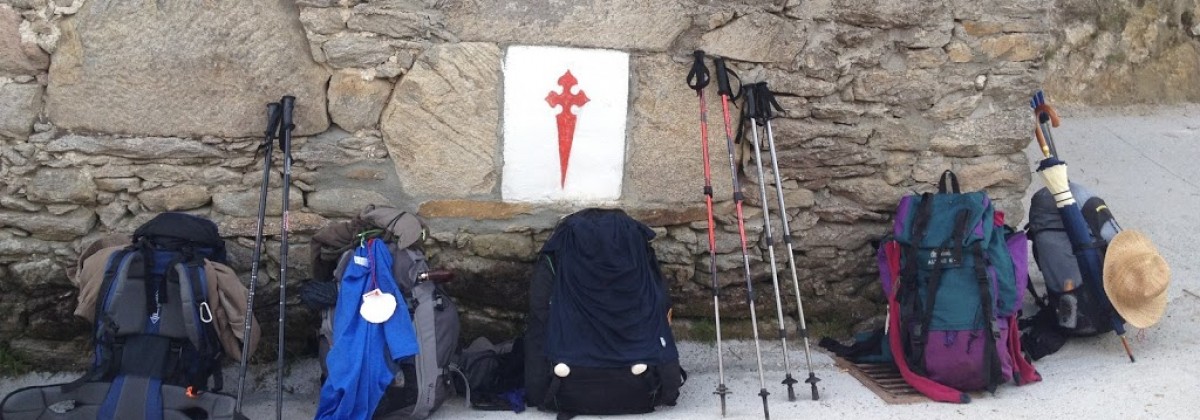 the Mint in New Orleans is the only one in the United States to have produced coinage for both the United and Confederate States of America. the strategic location of the city, its bustling port, and sizable antebellum population made it a desirable location for a mint. in the 1830s, Andrew Jackson established several mints throughout the south, including the one in New Orleans, because he felt the Second Bank of the United States (the recharter of which he vetoed in 1832) benefited northeastern businessmen at the expense of common frontiersmen. combined with the effects of some of Jackson’s presidential acts and fiscal policy, by the end of the 1830s, the need for minted money necessitated additional mints. the red brick building was designed by William Strickland (who also designed the mints in Philadelphia, Charlotte, NC, and Dahlonega, GA) went up in 1835 and began making coins in 1838.
the Mint in New Orleans is the only one in the United States to have produced coinage for both the United and Confederate States of America. the strategic location of the city, its bustling port, and sizable antebellum population made it a desirable location for a mint. in the 1830s, Andrew Jackson established several mints throughout the south, including the one in New Orleans, because he felt the Second Bank of the United States (the recharter of which he vetoed in 1832) benefited northeastern businessmen at the expense of common frontiersmen. combined with the effects of some of Jackson’s presidential acts and fiscal policy, by the end of the 1830s, the need for minted money necessitated additional mints. the red brick building was designed by William Strickland (who also designed the mints in Philadelphia, Charlotte, NC, and Dahlonega, GA) went up in 1835 and began making coins in 1838.
the New Orleans mint quickly became one of the most important in the country. its location made it convenient both to Mexican or and recently discovered gold mines in Alabama. while the Philadelphia mint produced more coinage, New Orleans could distribute its output much faster, particularly to the rapidly growing southern and western states and territories.
prior to Louisiana’s secession from the Union, the mint produced numerous denominations of coin, all from silver or gold. once the building and assets were seized by the Confederacy, operations were turned over to making Confederate half-dollars of the remaining gold bullion. once the bullion ran out, the building served to quarter Confederate troops until the Union occupied the city in 1862.
the Union flag raised above the mint after the city was captured resulted in a notable scandal. a professional gambler named William Mumford and several other people defied Marine orders to leave the flag alone, and entered the mint to rip the flag down, tearing it apart and stuffing bits into his shirt to save as souvenirs. the commander of U.S. forces in Louisiana, Benjamin Butler, arrested and charged with high crimes and misdemeanors. he was tried and convicted by a military tribunal in May of 1862 and was executed by hanging in the courtyard of the mint.
after the Civil War, the building was used as an assay office from 1876-79, during which time it was refurbished and damaged minting machinery was replaced. it continued to make coins until 1909. the mint was then decommissioned, much to the chagrin of then-governor Huey Long, and the machinery sent to the one in Philadelphia. responsibility of the building was transferred to the state in 1965 after serving as an assay office, federal prison, Coast Guard storage facility. it was refurbished and turned into a museum, in which capacity it has served since the 1960s. damage from Katrina closed the museum for two years and now showcases rotating exhibits and the Louisiana Historical Center and the Jazz National Historic Park hosts concerts periodically.

